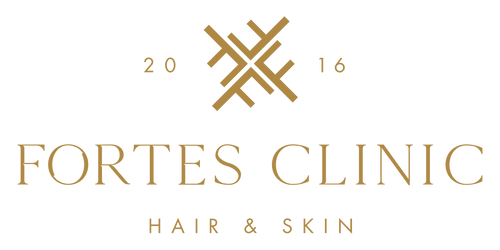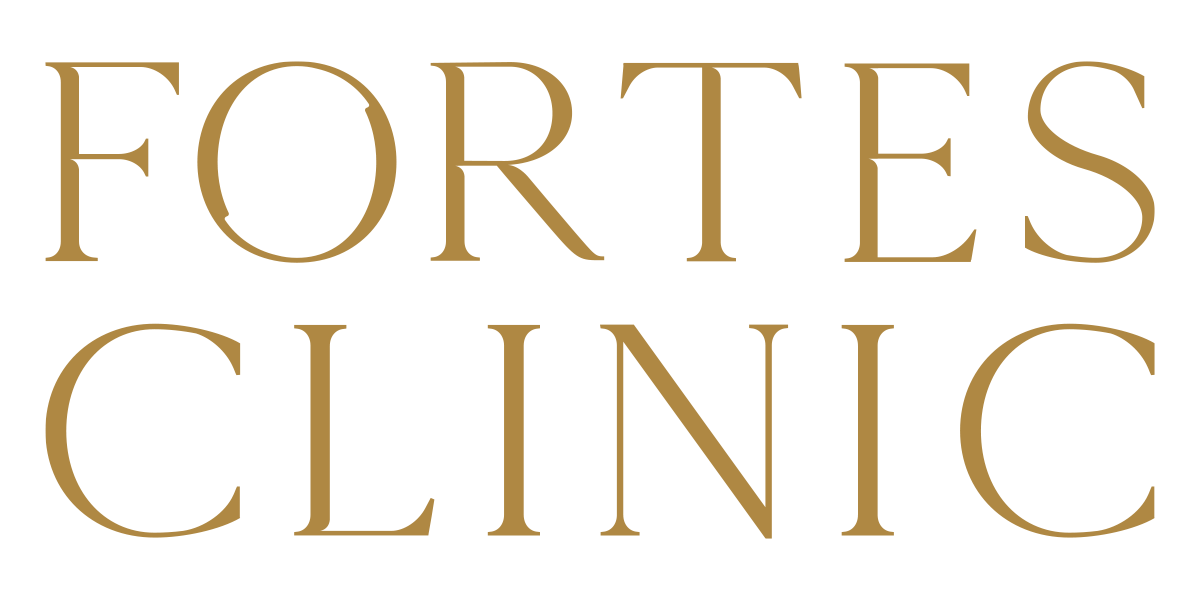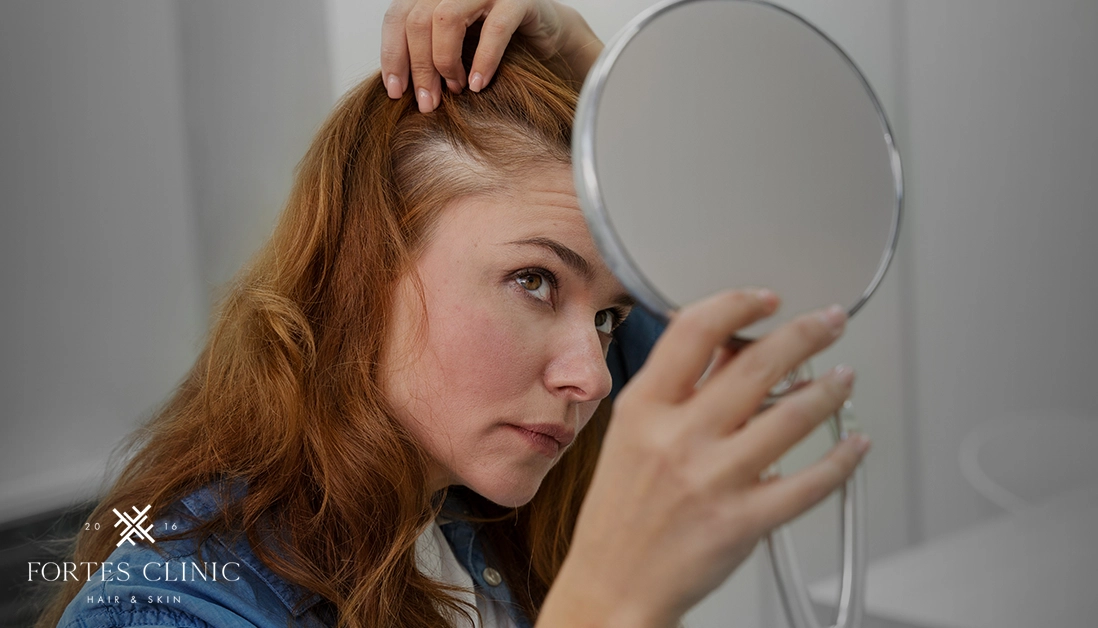The Reality of Female Pattern Baldness
Hair loss in women, often referred to as female pattern baldness, is a condition that remains shrouded in myths and misconceptions. Unlike male pattern baldness, which is widely discussed and recognised, its female counterpart often goes unspoken. This article aims to demystify female pattern baldness, offering comprehensive insights into its causes, symptoms, and treatments.
Debunking Myths and Misconceptions
Many believe that hair loss in women is less common or less severe than in men. However, female pattern baldness affects a significant number of women, particularly post-menopause. It’s crucial to understand the realities of this condition to foster empathy and better support for those affected.
Overview of Article Structure
This article will guide you through the intricacies of female pattern baldness, from its scientific underpinnings to practical advice on management and treatment.
What is Female Pattern Baldness?
Female pattern baldness, medically known as androgenetic alopecia, is characterised by the thinning of hair and reduced hair density. It differs from the pattern seen in men, offering unique challenges in diagnosis and treatment.
Defining the Condition
It involves a gradual thinning of hair, typically starting at the part line and often progressing to widespread hair thinning. Unlike men, women are less likely to go completely bald but may experience significant hair loss.
How it Differs from Male Pattern Baldness
The pattern of hair loss in women is distinct from that in men. While men usually experience a receding hairline and bald spots, women generally retain their hairline but experience overall thinning.
The Science Behind Hair Loss in Women
Understanding the science behind this condition is key to demystifying it and finding effective treatments.
Genetics and Hormones
Genetics play a pivotal role in female pattern baldness. If a close family member has experienced hair loss, the likelihood increases. Hormones, particularly androgens, also play a crucial role in this condition.
Age-Related Factors
Age is a significant factor. Post-menopausal women are more prone to hair thinning due to reduced levels of oestrogen and progesterone, hormones that help hair grow faster and stay on the head for longer periods.
Early Signs and Symptoms
Identifying female pattern baldness early can lead to more effective treatment outcomes.
Thinning Hair Patterns
The earliest sign is often a widening part or thinner ponytails. Unlike men, women usually maintain their frontal hairline.
Scalp Visibility and Hair Texture Changes
Increased scalp visibility and changes in hair texture, such as finer hair, are also early indicators.
Diagnosis and Assessment
Accurate diagnosis is essential for effective treatment.
Medical Evaluation
A thorough medical evaluation by a healthcare professional, including a review of medical history and blood tests, is critical for diagnosis.
Role of Trichoscopy and Scalp Biopsy
Trichoscopy, a non-invasive method, and scalp biopsy can be instrumental in diagnosing female pattern baldness, especially in its early stages.
Genetic Predisposition
Understanding the genetic aspect is crucial for grasping the nature of female pattern baldness.
Understanding Heredity in Hair Loss
Genetics plays a considerable role in the likelihood of developing female pattern baldness. A family history of hair loss can significantly increase the risk.
Hormonal Influences and Life Stages
The role of hormones in female hair health cannot be understated.
Impact of Menopause
Menopause significantly alters hormone levels, often leading to hair thinning.
Pregnancy and Hair Health
Pregnancy can also affect hair due to hormonal changes, though these are typically temporary.
Lifestyle and Environmental Factors
Lifestyle choices and environmental factors play a substantial role in hair health.
Nutrition and Hair Health
A balanced diet, rich in vitamins and minerals, is essential for maintaining healthy hair.
Stress and Hair Loss
Stress is a known contributor to hair loss, and managing stress is vital for hair health.
Medical Treatments
Various medical treatments are available for female pattern baldness.
Topical and Oral Medications
Minoxidil, the only topical treatment approved for female pattern baldness, and certain oral medications can be effective.
Hormone Therapy and Its Implications
Hormone replacement therapy may benefit some women, but it’s essential to understand its risks and benefits.
Surgical Options
Surgical interventions are available for advanced cases.
Hair Transplantation Techniques
Hair transplantation has evolved, offering more natural-looking results than ever before
Coping with Hair Loss
The psychological impact of hair loss is significant.
Emotional and Psychological Effects
Hair loss can lead to emotional distress and a loss of self-esteem.
Support Systems and Counselling
Professional counselling and support groups can be instrumental in coping with the psychological effects of hair loss.
Building a Positive Self-Image
Maintaining a positive self-image is vital.
Cosmetic Solutions
Wigs, hairpieces, and other cosmetic solutions can help women cope with hair loss.
Embracing Hair Health as Part of Self-Care
Taking a holistic approach to hair health, including regular care routines, is essential for wellbeing.
Daily Hair Care and Protection
Proper hair care is crucial in managing and preventing further hair loss.
Choosing the Right Hair Products
Selecting suitable hair care products can help maintain scalp health and minimise hair damage.
Hair Handling and Styling Tips
Gentle handling and avoiding harsh hair treatments can prevent further hair stress.
Improving Overall Health
Overall health significantly impacts hair health.
Nutrition and Exercise
A balanced diet and regular exercise can improve hair quality.
Stress Management Techniques
Effective stress management can positively impact hair health.
Emerging Research and Innovations
The future holds promise for treating female pattern baldness.
Gene Therapy and Hair Regrowth
Research into gene therapy and its potential to promote hair regrowth is ongoing.
Breakthroughs in Medication and Technology
New medications and technological advances are continually being explored.
Embracing the Journey
In conclusion, understanding and managing female hair loss requires a multifaceted approach.
Summary of Key Points
Female pattern baldness is a complex condition influenced by genetics, hormones, and lifestyle factors. Early diagnosis and a comprehensive treatment approach are essential.
Encouraging a Proactive Approach
Empowering women to take a proactive approach to hair health is crucial. Understanding the condition, exploring treatment options, and addressing psychological impacts can lead to better outcomes and improved quality of life.
Contact our friendly team to learn how we can help you realise the Fortes difference.



